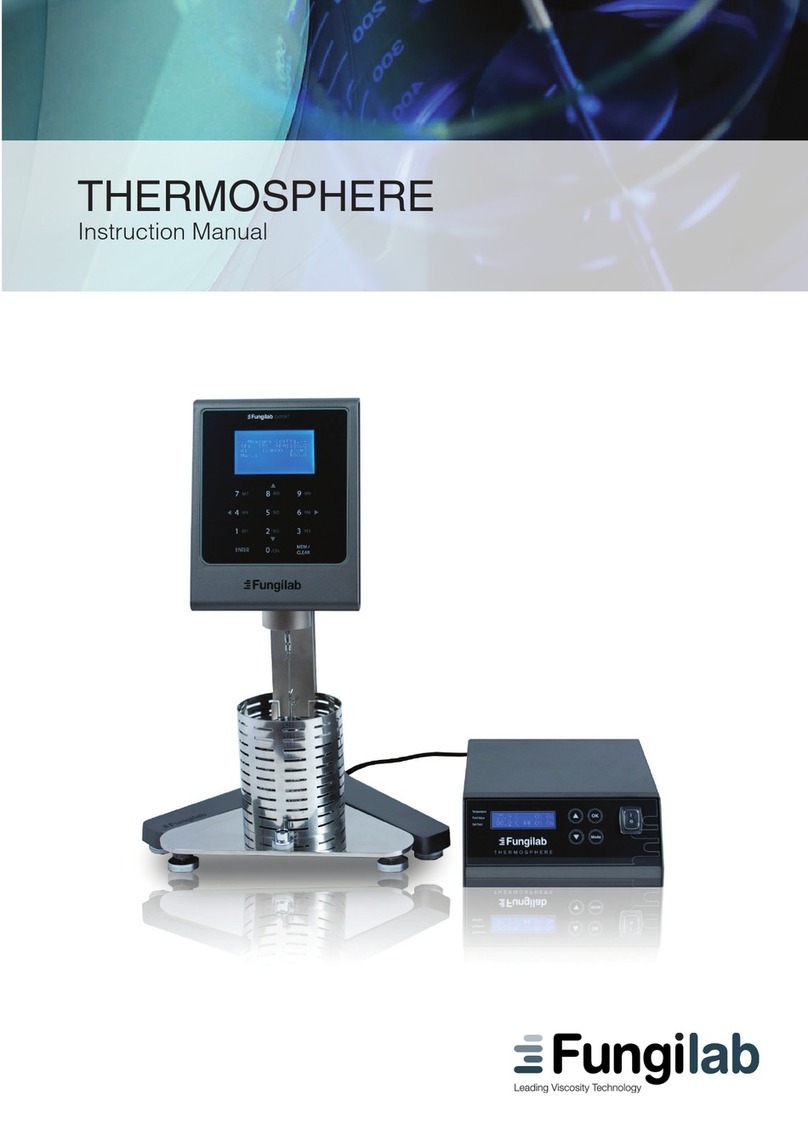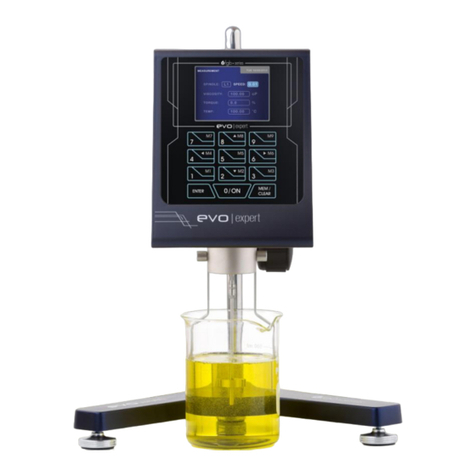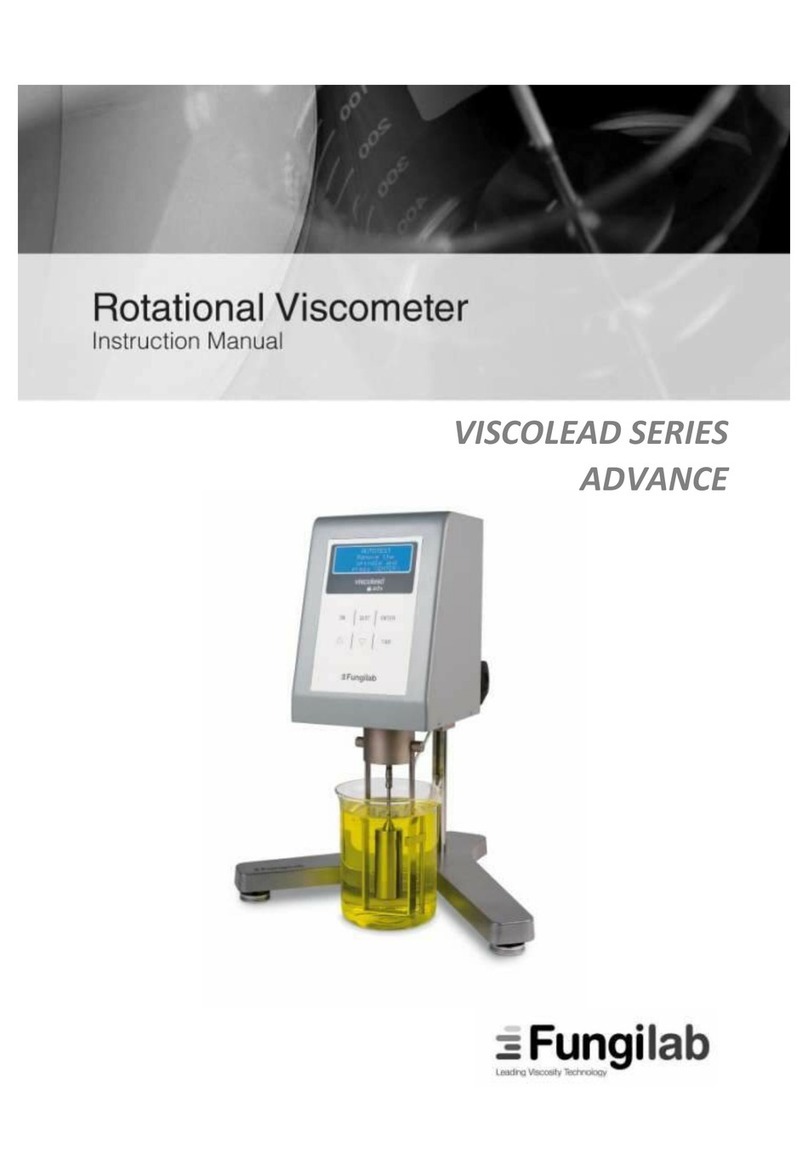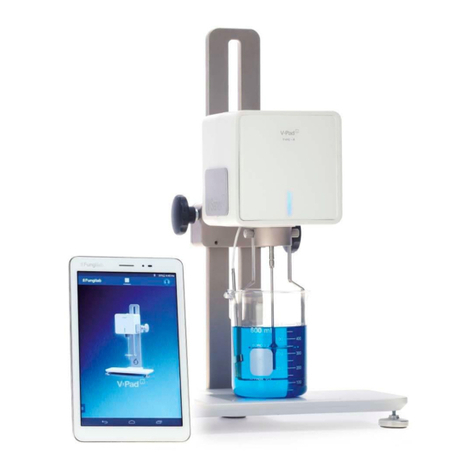
r
3.
Safety
precautions
These
notes
are
intended
to
draw your
attention
to
risks,whichonly
youcan
recognize
and
avoid
or
overcome.They
are
intended
to
enhanceyour
own
safety
consciousness.
We
have
setthe
highestqualitystandards
for
this
unit
and
ourselves
duringdevelopment
and
production.Every
unit
meetsrelevantsafety
regulations.
The
correct
unit
usage
and
properhandling
is
howeversolelyyour
responsibility.
The
followingnotesmust
be
observed:
•
This
instruction
manualmust
be
carefullystudied.
It
containsimportant
information
onthe
connection
tothe
localmains
supply,
correct
unit
usage
and
safehandling.
•
Check
for
transportationdamageduringunpacking.
Getin
contact
with
supplierand/orcarrier
for
settlement
of
damageclaims.
Donottryto
start
up
a
damaged
unit
before
the
damage
has
beenrepaired
oryou
have
ascertained
the
effect
ofthe
damage.
•
Ensure
that
this
manual
is
always
at
hand
for
every
unit
operator.
Only
use
this
unit
solely
forthe
intendedapplication.
•
Specialistpersonnelmustonlycarry
out
repairs,alterations
or
modifications.
Improperrepairs
can
cause
considerabledamage.
The
FUNGILAB
service
department
isat
yourdisposal
for
repairwork.
i
•Donot
operate
the
unit
with
wetor
oilyhands.
•Donot
expose
the
unit
to
spraywater.
•Donot
clean
the
unit
withsolvents
(fire
risk!)
- a wet
clothsoaked
in
household
detergent
is
normallysufficient.
•
Only
usethe
heattransferliquidsrecommended
by
FUNGILAB.
Please
refer
tothe
respective
EC-
SafetyDataSheet.
You
alone
are
responsible
forthe
handling
of
thesesubstances.
Our
advice:
•Ifin
doubt,
consult
a
safetyspecialist.
•
Read
the
product
manufacturer's
or
supplier's
"EC-
SAFETY
DATA
SHEET"
•
Read
relevantregulationsconcerningdangerousmaterials
•
Observerelevantguidelines
for
laboratories
in
yourcountry
4,
Contents
of
delivery































